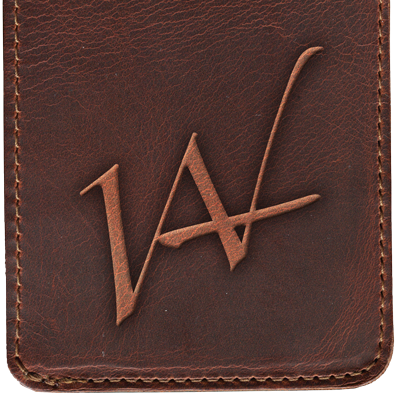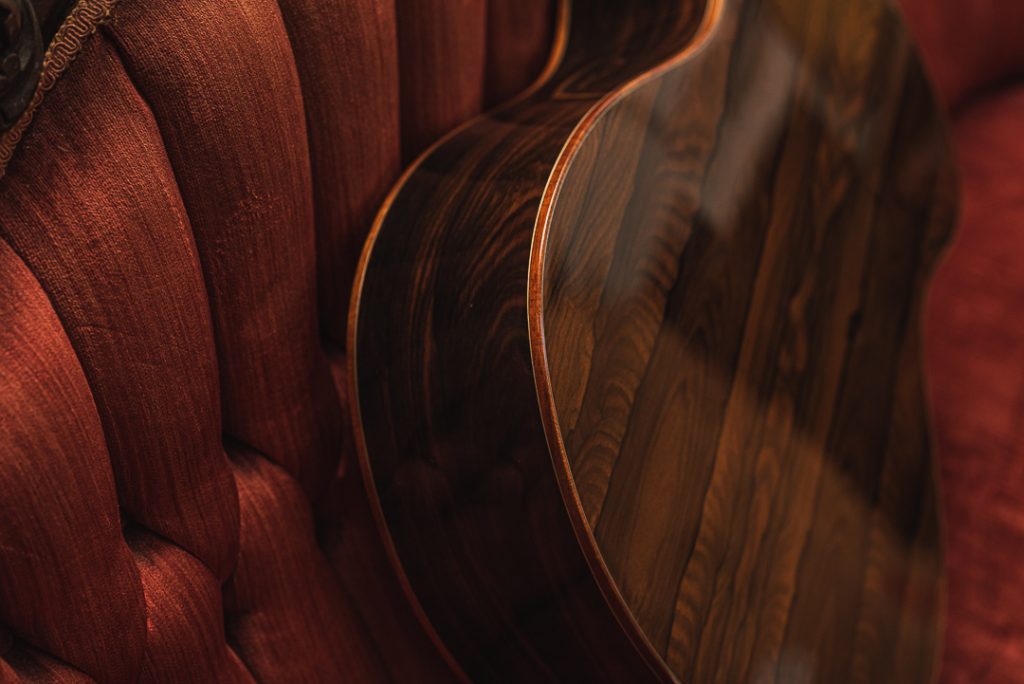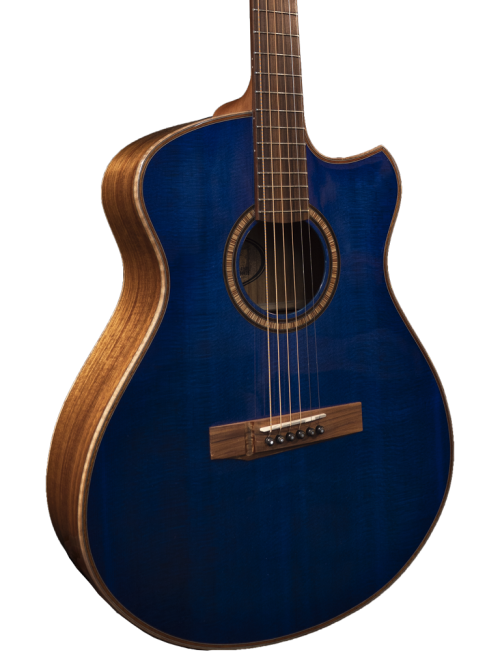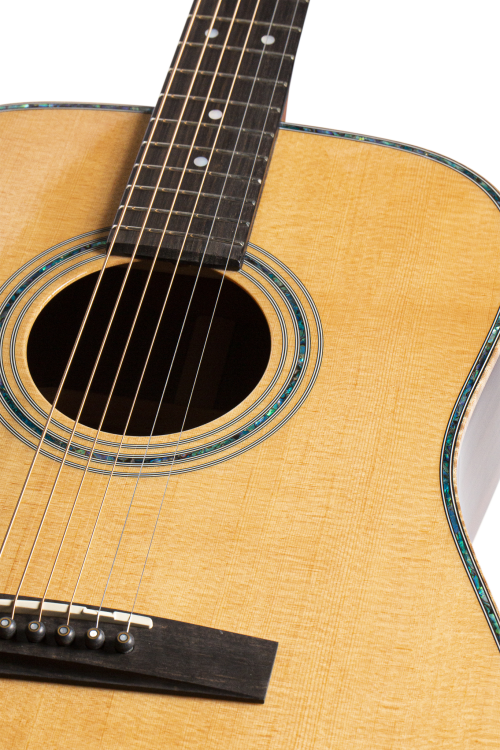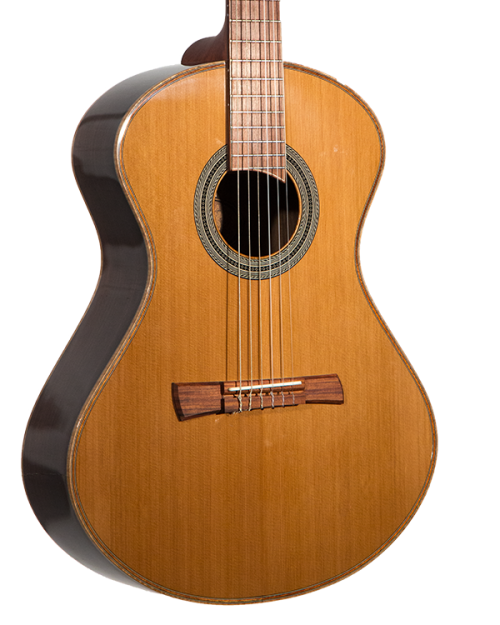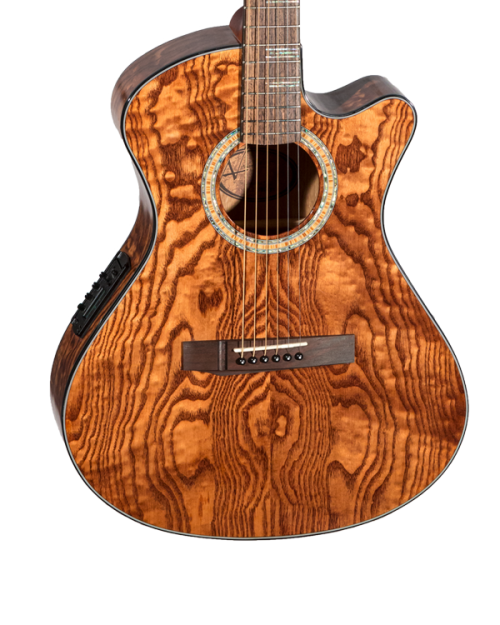Eye Candy: Into the Woods
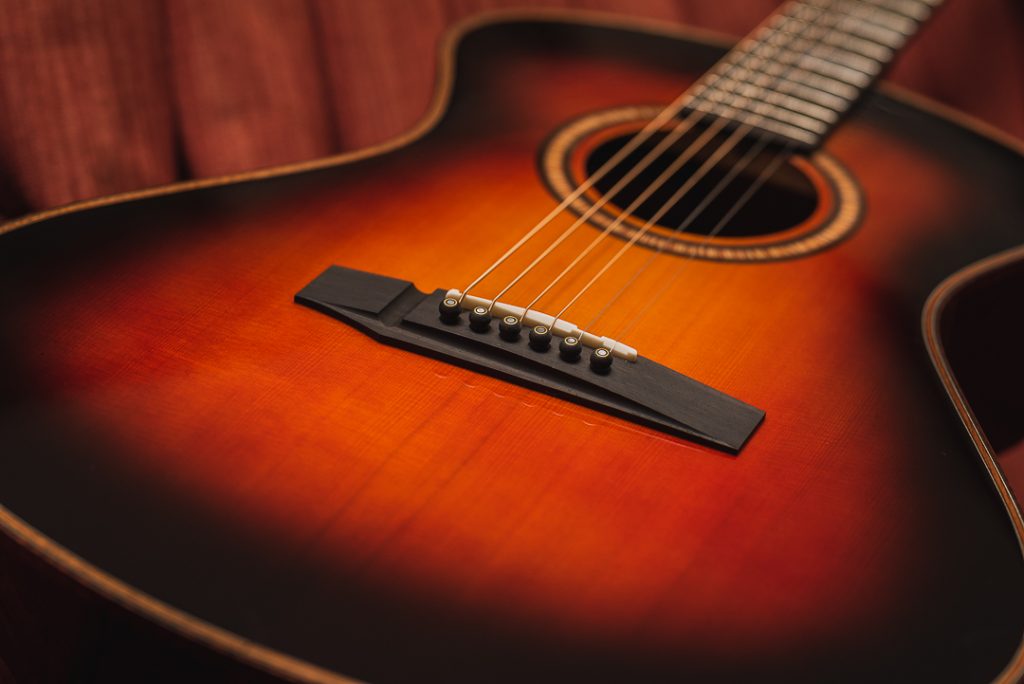
By Josh Lucas
In Summer 2019, when I started working at Andrew White Guitars, I thought I’d seen every beautiful and captivating tonewood that I could ever have any interest in. I’d already done plenty of field testing due to my incurable G.A.S., and put in several years worth of listening and research on all the physical components that make up my guitar heroes’ signature sounds.
At the time I didn’t call it hubris. My attitude was owed to the fact that I am absolutely obsessive when it comes to guitar, particularly the parts of a guitar that help create the instrument’s voice. Truly nothing is more incredible than a guitar’s ability, if you have an ear to listen, to create a vocal tone when you sustain a note; humming, bellowing, singing.
The years of listening and testing went by quickly, as most labors of love tend to—-the search for the perfect Tele, Les Paul, Strat, or semi-hollow tone; the quest for the perfect dreadnought tone, or parlor tone; the night-and-day difference of what makes great flamenco tone vs. great classical tone; the understanding that it’s all subjective and is meant to be used as a tool for the artist to obtain specific results based on their needs. Once you’ve reached the end of the rainbow and come back ‘round again (as I’m sure many of you feel you have, maybe others are still riding the wave of information, speculation, rumination, and consultation), you begin to hear guitars for what they are, and not just what you want them to be. It’s the difference between being “in it” and being on the outside; being able to see the instrument objectively the way a composer would view it. Soon I began listening for a voice, rather than a tone. And I realized my journey into the woods has only just begun.
Fast-forward a few months, and I’ve been lucky enough to work with all of Andrew’s production models. In this phase of the tone quest, nothing is as satisfying as hearing the difference in a note sustained on two guitars of the same make and model with different tonewoods. They are sections of a choir—-a similar range yet each possessing a unique approach to the note based on their genetic makeup. At that point, the playing field is leveled. The differences in individual guitar makers’ approaches to the construction isn’t what you’re hearing—-you finally are able to hear the voice of each body wood, and how they interact with the guitar’s top.
So when the new mastercraft models arrived I was, as all my counterparts were, absolutely stunned at their beauty. But there was something more; for me it was an opportunity to satiate that rumination—-the quest for the voice, and the still-deeper journey to find a guitar’s voice that matched up with my own. The redwood tops added clarity to the rosewood and ziricote that I hadn’t yet heard; the waterfall sapele growled against the sitka spruce like no mahogany (African, or Honduran) I’d yet experienced—-and the unexpected balance and brashness of the oak on the Cybele—-Purpleheart? Usually I only get to see that as an accent in a laminate neck.
I can’t quite describe how fun and rewarding it was to jump into these exotic woods. I quickly found my favorites, but was stunned by each model I tried. It became clear to me that Andrew had selected these woods not merely because of their beauty (although, come on, you know that was a HUGE factor), but they were selected because of their interactions with one another; because of their voices and the way they sing together.These instruments aren’t just beautiful, they’re special. Hand-selected woods by a master luthier, and hand-crafted guitars by a team who cares about making quality instruments that will become your voice.
If you have any questions, call or email our team. We can’t keep our hands off of the show models, so trust me—-we can help you find the guitar that will sing for you.
